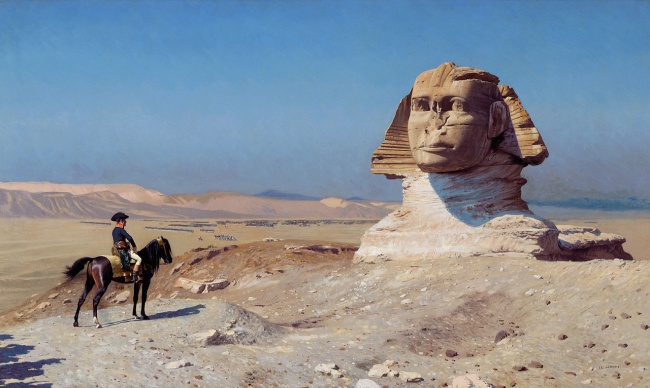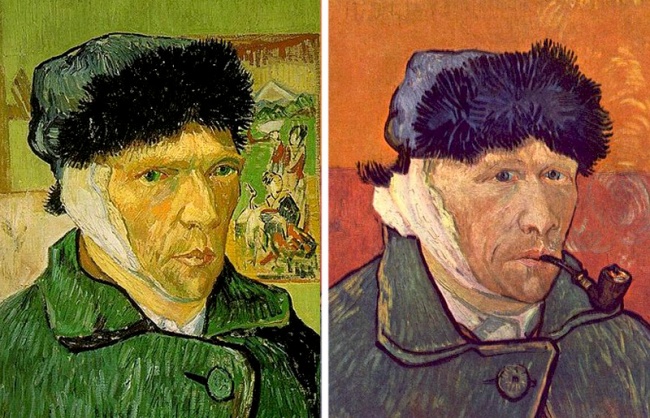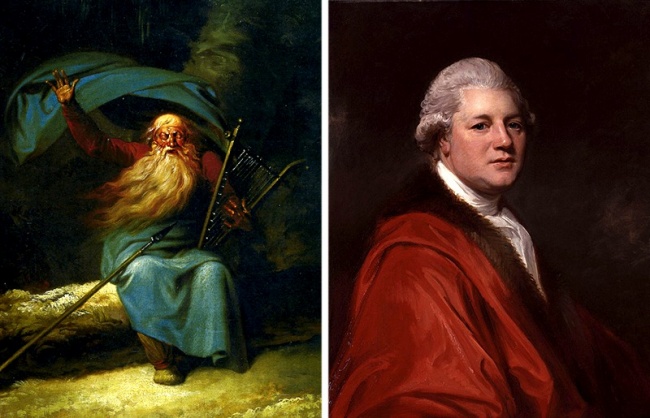6 Historical Facts We’re Still Being Lied to About

It’s the age of information, and we often face new facts that replace our previous views, be it a scientific discovery or an invention.
FunnyModo gathered several historical facts we’ve all believed since school which turned out to be false.
1. Napoleon and the Sphinx’s nose
The Great Sphinx in Giza is known for its lack of a nose. As legend has it, Napoleon’s army destroyed this body part during a battle with the Turks in 1798. However, Danish traveler Frederic Norden’s notes, in which he portrayed the statue without a nose in 1737, disprove the Napoleon story.
2. Van Gogh and his ear
The story of the artist allegedly cutting off his ear and sending it to his beloved is quite exaggerated. In reality, the whole thing happened after a conflict with his friend, Paul Gauguin, during which Van Gogh attacked him with a razor. In a fit of remorse (or, according to some researchers, madness), Vincent cut off a lobe of his ear that same night.
3. Vikings’ horned helmets
We’re used to seeing Vikings portrayed in horned helmets, but archeologists still can’t really say what shape their head guards were. Such helmets were only drawn in their tombs, and scientists think they were used for rituals, not in combat. In addition, they’d been used since the Bronze Age long before the time of the Vikings.
4. Stonehenge
Stonehenge is one of the biggest mysteries of the world, and new hypotheses about it are born regularly. Yet originally it looked nothing like it does today: in 1901, William Gowland initiated his restoration of the monument. Recent photos prove that now it looks quite different than in ancient times.
5. Discovery of America
In our history lessons, we were told that Christopher Columbus discovered America in 1492. However, the first Europeans to have traveled to the New World were Vikings at the end of the 10th century. That’s when the first genetic contact occurred too.
6. Ossian’s poems
Scottish poet James McPherson was renowned for translating the poems of Ossian, a Celtic bard of the 3rd century, from Gaelic. However, when faced with demands to present the manuscripts, McPherson eluded the subject. The manuscripts have still not been found, and the poems themselves are now considered a mystification.
Preview photo credit pixabay, @StonehengeEH










Comments